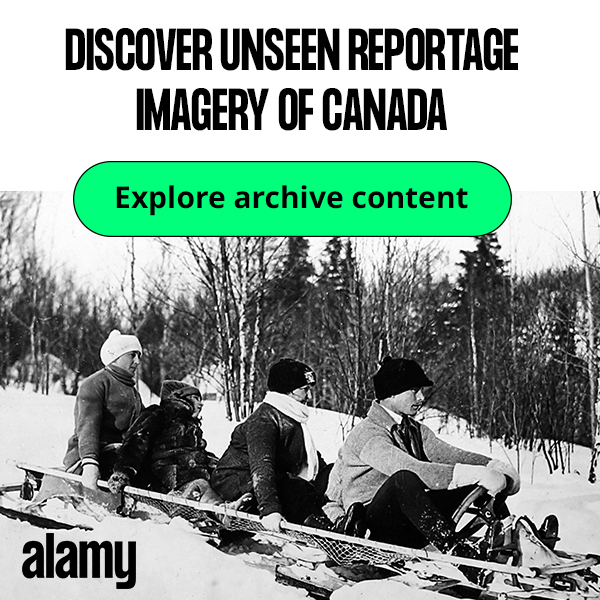A Message from the President
More than repatriation, it’s about being moved to action
Heather George
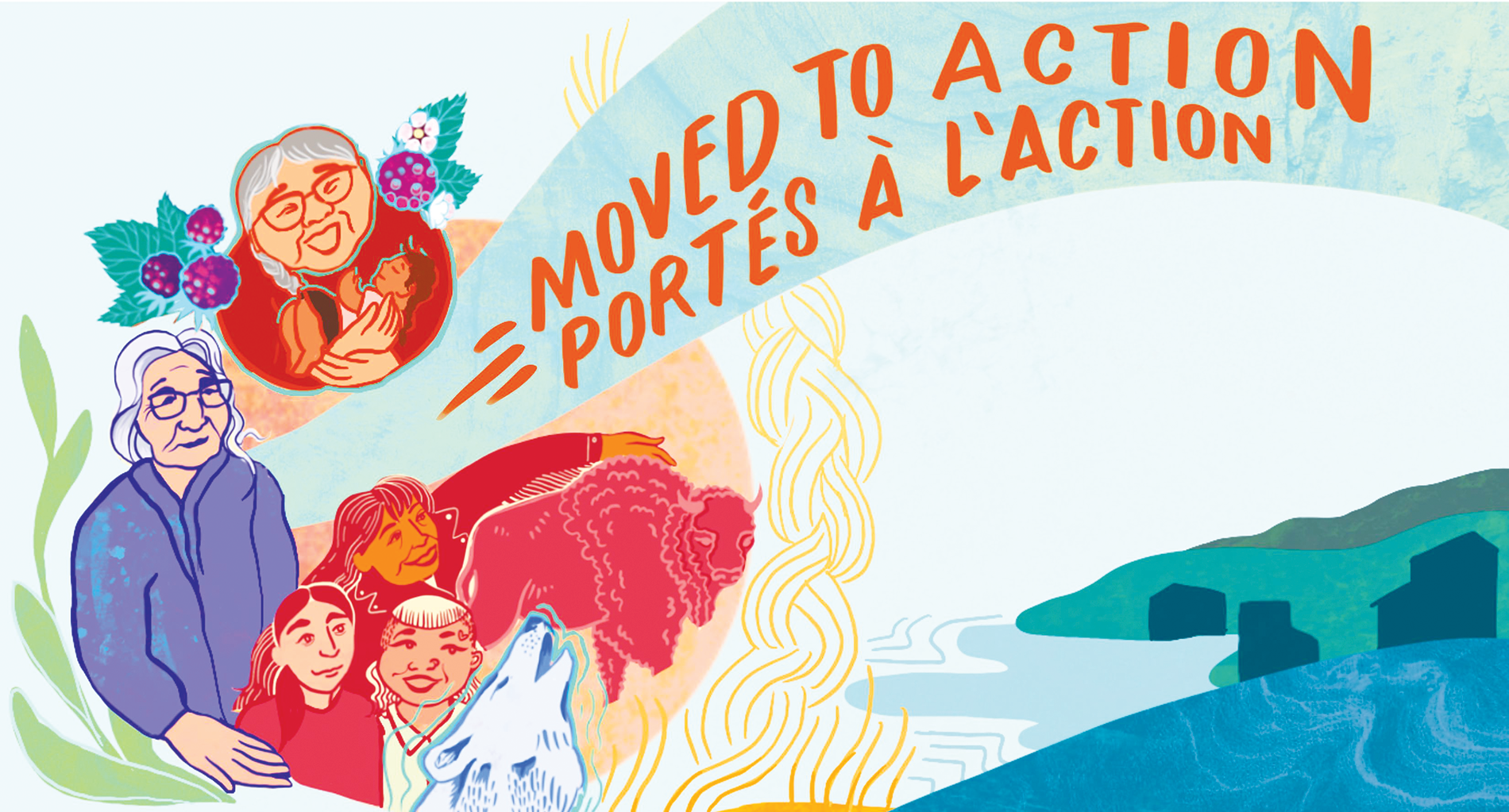
Artwork created by Tiaré Jung for the Moved to Action report. ©Canadian Museums Association, 2022
The Canadian Museums Association issued a strong statement in support of self-determination of Indigenous Peoples with the release of its report titled “Moved to Action: Activating UNDRIP in Canadian Museums, A Response to the Truth and Reconciliation Commission’s Call to Action #67.”
The report received extensive media attention — unfortunately, most of it focused on what the price tag of its recommendations on repatriation of Indigenous belongings might be.
To centre discussion of this comprehensive report on one element of the relationship of museums with Indigenous Peoples — however significant that may be — is to miss the more fundamental conversations taking place about uplifting of Indigenous self-determination in museum spaces.
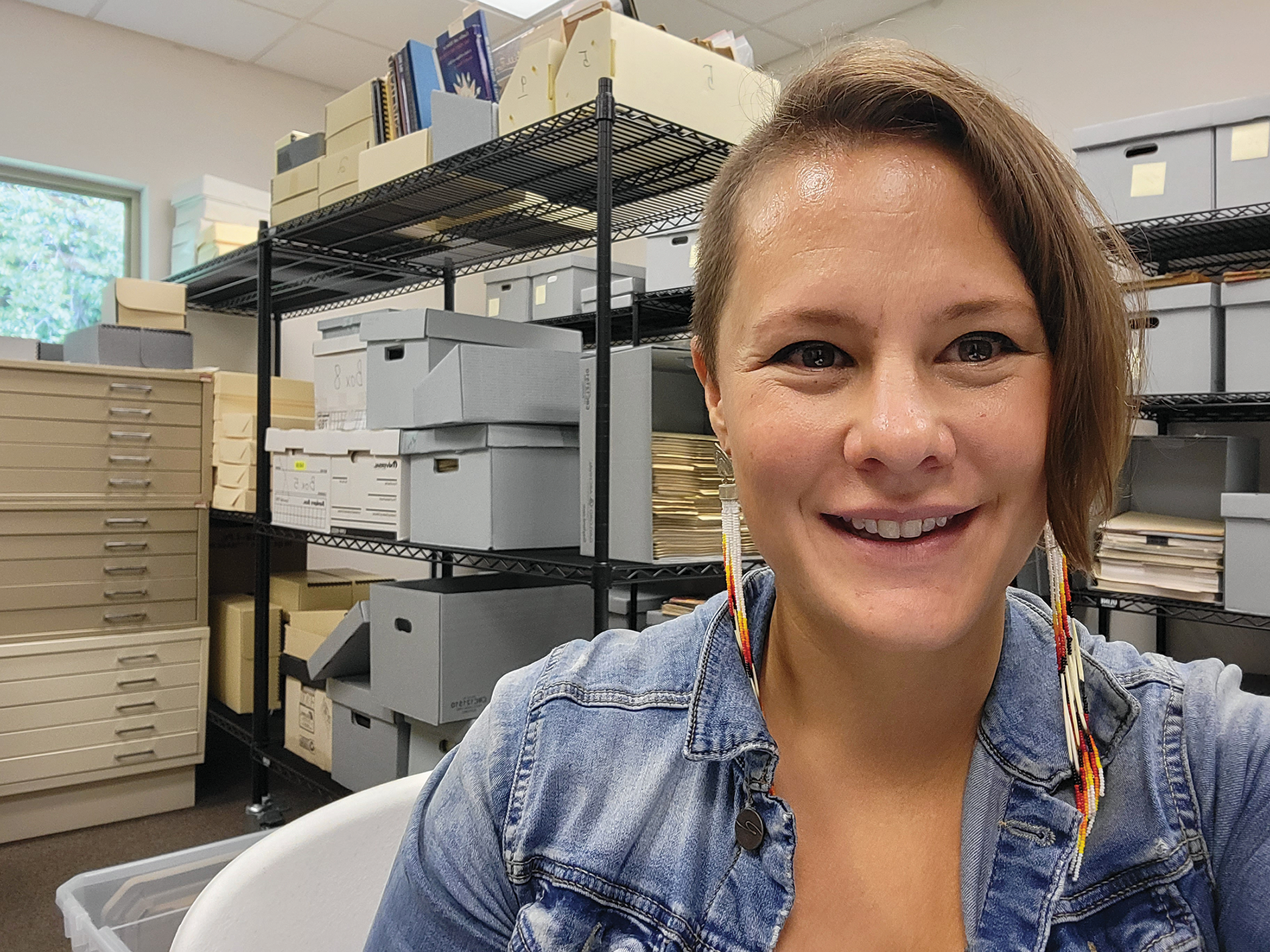
The work of Indigenous museology crosses imposed international boundaries. Heather George is pictured here in the archives of the Onedia Nation Cultural Centre in Oneida Wisconsin.
Focusing on the costs of repatriation puts a price on Reconciliation. It frames the issue as a zero-sum game, or a matter of political choice. It is neither of those things. Our legal systems — treaties and the recently adopted UNDRIP Act — tell us that this is not a matter of diversity and inclusion; these are legal obligations that Canada must uphold.
Repatriation, while essential, is only one tool available to museums to support Reconciliation and self-determination. If we stop the conversation there, we exclude 75 per cent of Canadian museums that do not house Indigenous artefacts.
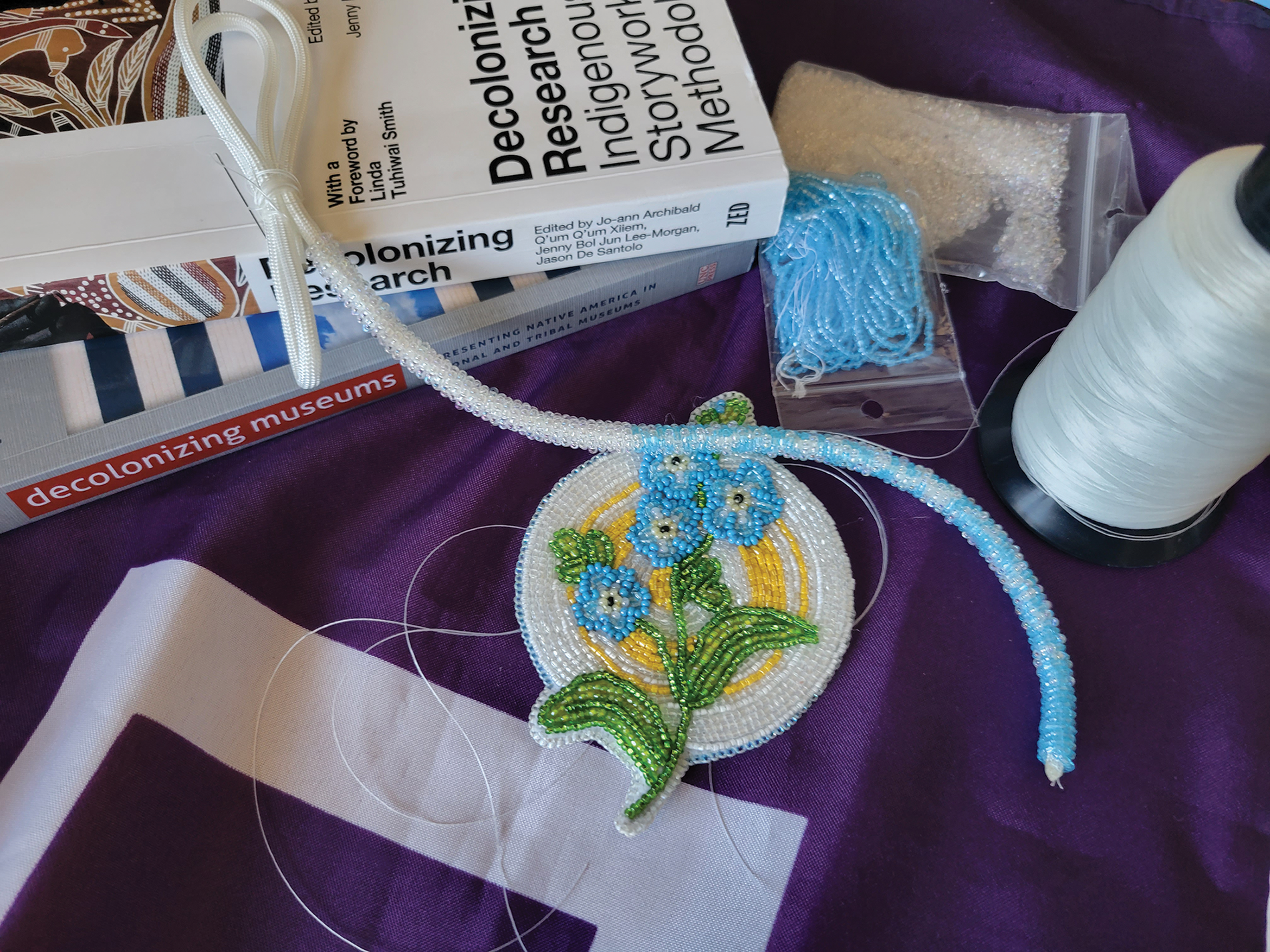
Indigenous museology is informed by many forms of Indigenous Knowledge including laws and understandings of soverienty, artistic practices, relationship to land and place and academic scholarship.
The “Moved to Action” report focused on the need to develop meaningful, long-term relationships between museums and Indigenous communities, and to prioritize Indigenous voices in the telling of the stories of our nations.
Museums are keepers of history, but many have not told all of the Truth. Making space within our institutions and our sector for Indigenous leadership and authoritative guidance will deliver a more balanced version of our nation’s past.
Truth is essential; we cannot have Reconciliation without it.
Focusing on the loss of objects in museum collections, or on the cost involved in their return is also reductionist. It focuses on the cost to non-Indigenous institutions, and not on the costs that have already been keenly felt by Indigenous communities without access to their ancestors, their belongings and their cultural heritage.
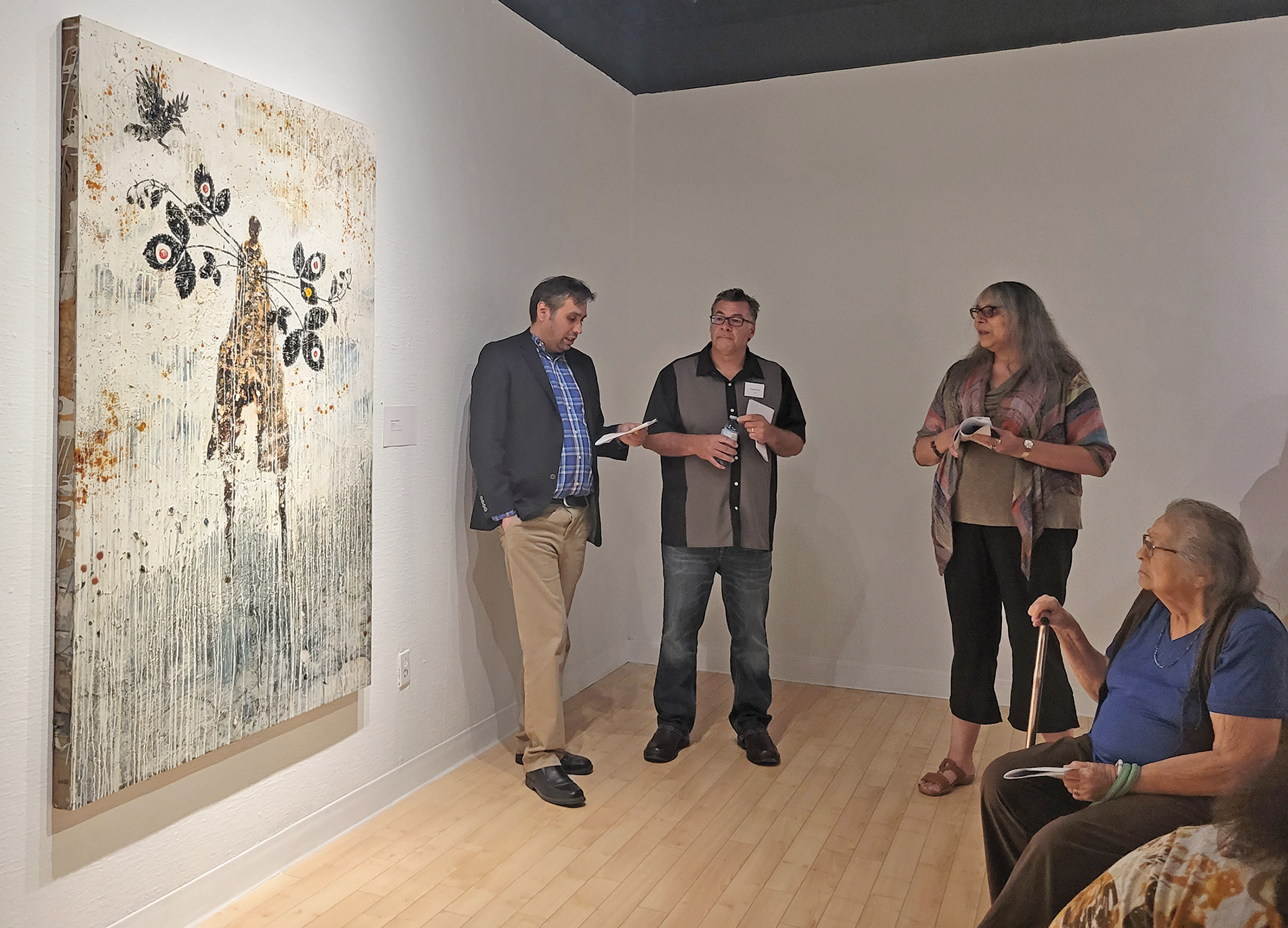
Indigenous organizations, including cultural centres such as Woodland Cultural Centre in Brantford have a history of leadership in this work. Pictured here, Patricia Deadman and Christopher Ashkewe at the opening of Indigenous Art 2022.
There are costs to inaction, too. Thirty years ago, the Canadian Museums Association and the Assembly of First Nations together produced a report entitled “Turning the Page.” Had the advice found in that report been followed, we may not have needed “Moved to Action.”
Only three or four years after its publication, the report was no longer actively discussed, promoted or updated.
Why? Because there was no national leadership and no broadly based political will to act on these issues. So, while provincial organizations and individual museums continued the work, this was largely under-supported, if at all.
As a result, that work was held close by some museums but ignored by others, resulting in a disparity among museums in how they approach Reconciliation today. It meant that investments had to be made repeatedly, and that work had to be restarted or redone.
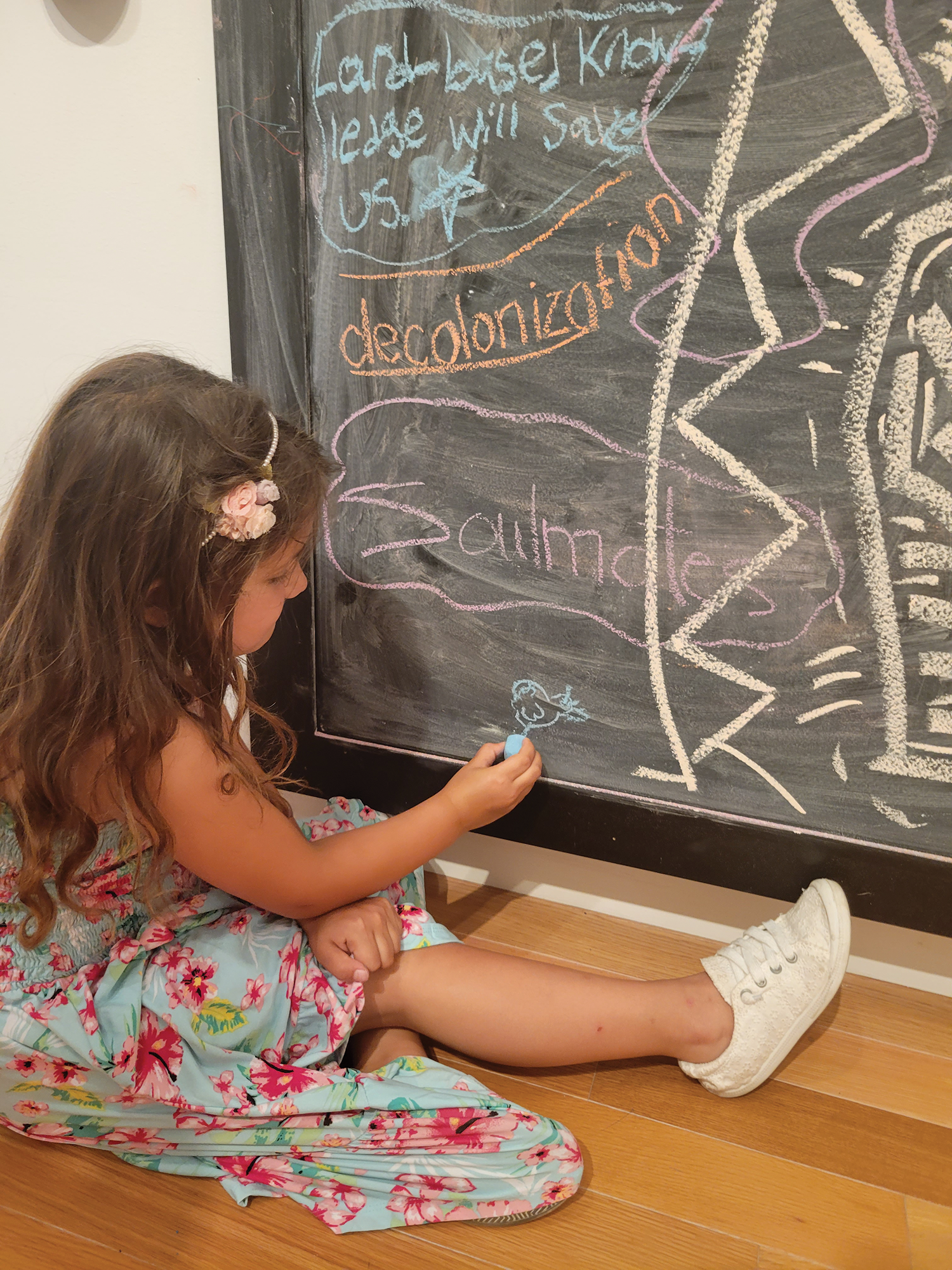
Heather sees her work as intergenerational and motivated by creating a better future for Indigenous youth and children including her own daughter Maxine Kaiswatum pictured here at the Ottawa Art Gallery.
Let’s not make that same mistake again. We have an opportunity now to support not just repatriation but all the recommendations in the report. We must come together as communities and move from a place of guilt, sadness or fear to a place of action.
By harnessing the collective outrage of Canadians over the Truth of Canada’s residential school system, we can make change in the relationship between museums and Indigenous Peoples. We can approach our nation’s history from a place of Truth in accordance with our moral, ethical and legal obligations.
Now is the time to act. M
Heather George is the president of the Canadian Museums Association.
